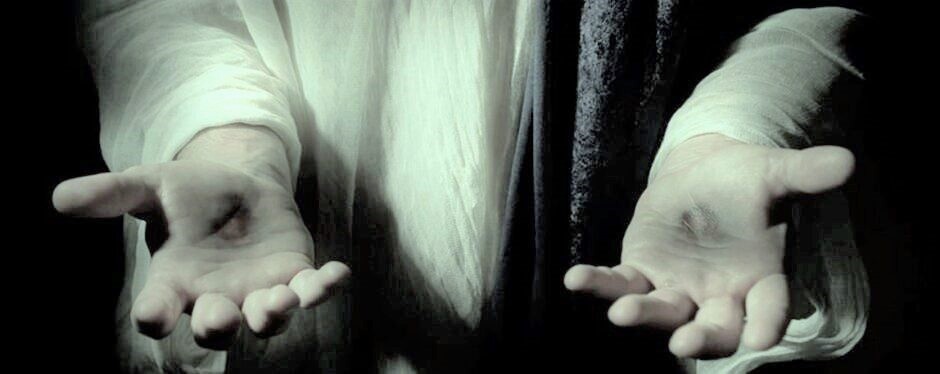People with obsessive-compulsive disorder (OCD) suffer intensely from recurrent unwanted thoughts (obsessions) or rituals (compulsions), which they feel they cannot control. Rituals, such as handwashing, counting, checking or cleaning, are often performed in hope of preventing obsessive thoughts or making them go away. Performing these rituals, however, provides only temporary relief, and not performing them increases anxiety. Left untreated, obsessions and the need to perform rituals can take over a person’s life. OCD is often a chronic, relapsing illness.
Characteristics
Obsessions are thoughts, images or impulses that occur repeatedly. The person does not want to have these ideas, finds them disturbing and intrusive and, usually, recognizes that they really don’t make sense. Obsessions are accompanied by uncomfortable feelings, such as fear, disgust or doubt. Common obsessions include contamination fears, imagining having harmed self or others, imagining losing control of aggressive urges, intrusive sexual thoughts or urges, excessive religious or moral doubt, or a need to tell, ask or confess.
People with OCD typically try to make their obsessions go away by performing compulsions. Compulsions are acts the person repeatedly performs, often according to certain “rules.” These rituals are performed to obtain relief from the discomfort caused by the obsessions. Examples of compulsions are washing, repeating, checking, touching, counting, ordering/arranging, hoarding or saving, and praying.
In some instances, a person may suffer from only obsessions or only compulsions.
OCD symptoms cause distress, take up a lot of time (more than an hour a day), or significantly interfere with the person’s work, social life or relationships.
Most individuals with OCD recognize that their obsessions are not just excessive worries about real problems and that the compulsions they perform are excessive or unreasonable. The extent to which a person with OCD realizes that his or her beliefs and actions are unreasonable is called his or her “insight.”
Causes
There is growing evidence that OCD has a biological basis. OCD is no longer attributed to family problems or to attitudes learned in childhood. Instead, the search for causes now focuses on the interaction between biological factors and environmental influences.
Research suggests that OCD involves problems in communication between parts of the brain. These problems may be caused by insufficient levels of certain brain chemicals, called neurotransmitters. Drugs that increase the brain concentration of these chemicals often help improve OCD symptoms.
Treatments
The most common treatment for OCD is a combination of cognitive-behavioral psychotherapy (CBT) and medication.
A type of behavioral therapy known as “exposure and response prevention” (E/RP) is very useful for treating OCD. In this approach, a person is deliberately and voluntarily exposed to whatever triggers the obsessive thoughts (exposure) and is then taught techniques to avoid performing the compulsive rituals (response prevention). The cognitive portion of CBT is often added to E/RP to help challenge the irrational beliefs associated with OCD.
Co-occurring Illnesses
OCD is sometimes accompanied by depression, eating disorders, substance abuse, attention deficit/hyperactivity disorder or other anxiety disorders. When a person also has other disorders, OCD is often more difficult to diagnose and treat. Appropriate diagnosis and treatment of other disorders are important to successful treatment of OCD.1 On average, people with OCD see three to four doctors and spend over nine years seeking treatment before they receive a correct diagnosis. Studies have also found that it takes an average of 17 years from the time OCD begins for people to obtain appropriate treatment.

